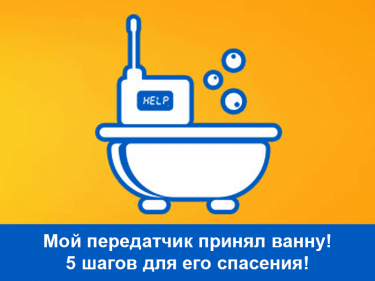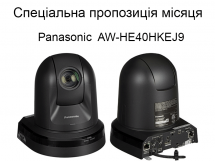| Українська | English | |||||||||||
|
|||||||||||
| News | About company | Service-centre | OB Van/SNG Rental | NextGen Energy Solutions | Contact us |
|
|
Engineering Service, Inc.
» News News We all know that stuff happens, in spite of your best intentions. You can try to protect your transmitters, even using covers like we always tell you to, but they still might get dunked. Talent may drop them, instead of their cell phone, into the toilet. Or a boat might capsize while you’re filming a river scene. The end is the same: your transmitter sank and is now soaked. Now what?
Before we start, a disclaimer: If you have the option at all to send your unit to HQ or an Authorized Repair Center, do that. Do not follow any of these steps if you choose to do that. These should be considered emergency steps that you can take on location, when no better options are available and your alternative is wrapping for the day or scrapping the project. 1. First, remove the battery as quickly as possible. Turning it off is not enough. In fresh water with the battery in the unit, you have a few minutes before serious damage results. In salt water, it is a matter of seconds, as salt is destructive – it both hardens and eats into the boards. Regardless, get the battery out of the unit fast. What you do next depends on what kind of water the transmitter fell into. a) If your unit fell into fresh water, chlorinated pool or tap-sourced water, you should rinse it with clean or distilled water. b) If it fell into sea water, rinse it with any liquid that has less salt in it than the sea water and contains no sugar. This is where you might have to get creative. If there isn’t bottled water available, you can use diet soda (as it has no sugar) or any alcohol that doesn’t have a lot of additives, like plain, clear vodka. A clear alcohol rinse is the best option if you have it available to you, because it evaporates water and it cleans off dirt or oils that may have been in the water. 2. How to rinse: Quickly submerge the entire unit with the battery door open into water or alcohol. Or pour a light amount of water or alcohol into the unit and quickly slosh it around. Do this once or twice more with a fresh batch of water or alcohol. 3. Tilt the unit so that the liquid runs off and away from the boards inside. After the final rinse, shake the unit to remove the liquid. You can also use canned air to facilitate the process. Do not touch the boards or anything inside with your fingers. The back cover can also be removed to help get liquid out of the inside. Whatever you do, DON’T use any petroleum distillates (ie, contact cleaner) inside the unit at this or any other time. We’ve seen this suggested in online forums as a moisture fix, and it’s a bad idea. Contact cleaners are fine for battery contacts or connectors when applied sparingly with a Q-tip – you just don’t want them sprayed inside the unit where they can pool. This can sound confusing, because the labeling on most contact cleaners will say something like, “for use with most plastics.” The problem is that the labeling doesn’t tell you which plastic, and to some plastics, contact cleaner can be aggressive. And worse, human tendency is to assume that “a little is good, so a lot should be better.” It’s best to just not do this at all. 4. Warm the boards to dry the moisture left from the final rinse. You can use whatever you have available that throws off tolerable heat – sunlight, scene lights, engine block, etc. There isn’t any recommended temperature; as long as you can hold the components lightly and not burn yourself, the temperature should be OK. 5. After several hours (or more) and when the unit is completely dry, put in a battery and power it up. Be patient – even a little leftover moisture can defeat the purpose, so give this step time. Lectrosonics’s transmitters built to withstand heavy use and abuse, there are no guarantees when moisture is concerned. However, if you’re on location and (pun intended) are dead in the water, following these suggestions can make the difference between a delay in your schedule and a need to replace what cannot be fixed. If you work around water on a regular basis and size is not an issue, you might consider investing in or renting a watertight WM transmitter. « To the list of news |
|
|||||||||||||||||
 |
+38 (044) 593-18-20 +38 (073) 593-18-20 +38 (096) 532-96-82 +38 (095) 532-96-82 Service center Telegram @Engineer_Service |

|
|
|||||
 |
e-mail: engineer-service.tv 15 Vavylovykh str., Kiev, 04060, Ukraine Authorized service centre of Panasonic, Sony, JVC, Fujinon, Canon |
|||||||







